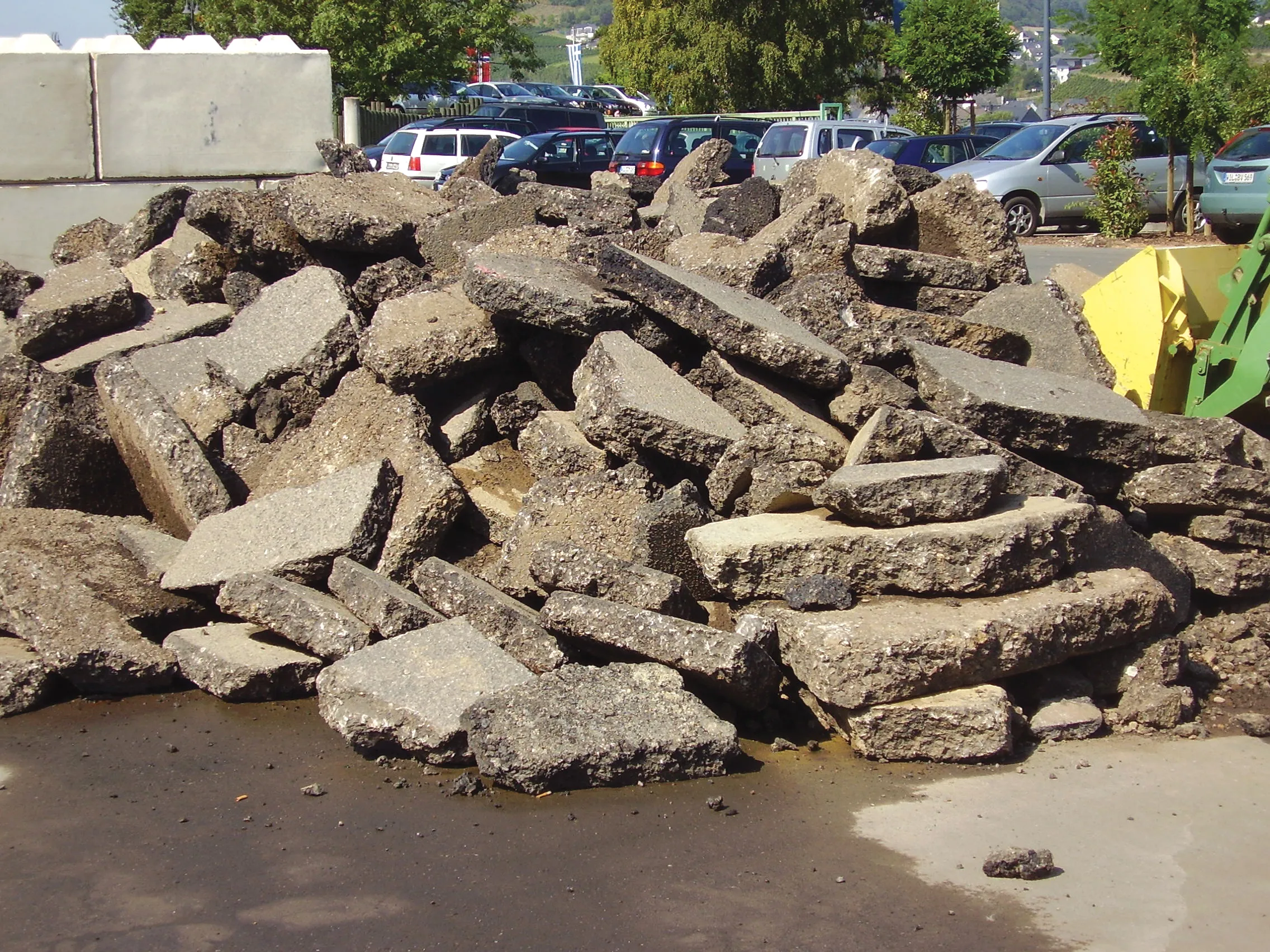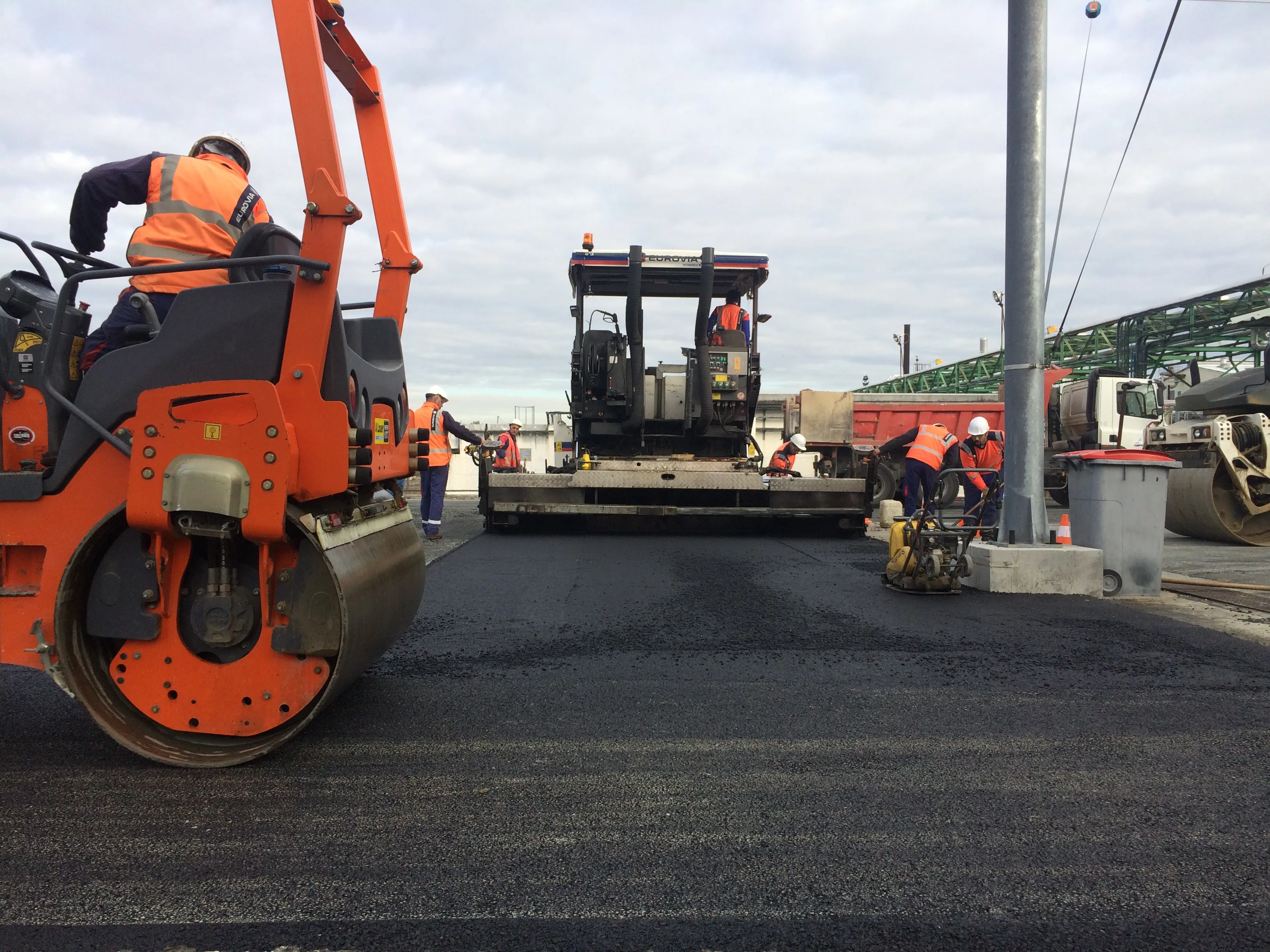*Bitumen from recycled asphalt can be rejuvenated using additives, according to Iterchimica The use of reclaimed asphalt pavement (RAP) is common in many countries. However, the aged bitumen from RAP has a lower penetration and is more viscous than when first mixed. This reclaimed bitumen is generally balanced by the addition of fresh binder that is softer than those typically used to produce hot mixes. But balancing penetration and softening point or viscosity will not deliver bitumen identical to the orig
November 29, 2012
Read time: 4 mins

*Bitumen from recycled asphalt can be rejuvenated using additives, according to Iterchimica
The use of reclaimed asphalt pavement (RAP) is common in many countries. However, the aged bitumen from RAP has a lower penetration and is more viscous than when first mixed. This reclaimed bitumen is generally balanced by the addition of fresh binder that is softer than those typically used to produce hot mixes. But balancing penetration and softening point or viscosity will not deliver bitumen identical to the original, so one option is regenerating the aged binder in order to rebalance the molecular structure of the bitumen. This process involves the use of special organic compounds with suitable electron distribution to interact with the aged molecular associations.Iterlene ACF 1000 Green was developed by
The TRL Report stated that the rejuvenator ACF 1000 “does recover properties that have degenerated in aged bitumen,” In particular it showed that, “Iterlene ACF 1000 Green does allow the original values of the three principal characteristics of bitumen (penetration, softening point and viscosity) to be recovered for binder recovered from reclaimed asphalt.”
“The properties of bitumen recovered from reclaimed asphalt that are returned by the addition of Iterlene ACF 1000 Green do translate into the required properties of the new asphalt manufactured with that binder.”
“The use of Iterlene ACF 1000 Green will make it easier to comply with the requirements of clause 902 of the Specification for highway works.”
TRL also performed compaction tests using the gyratory compactor. The air voids content was reduced by between 19% and 34% of the values without rejuvenator. It was stated that “These changes are, in many ways, more critical than changes in penetration or softening point because it shows a return to a property of the asphalt that is required for any mixtures to be able to be constructed in a manner that it will work successfully on site.”
Under the supervision of the Milan Polytechnic (Department of Hydraulics, Environment, Road Infrastructure), Iterchimica launched in June 2011 a research project on the use of rejuvenators in asphalt mixes containing 30% of RA.
A field test was organised in Valencia de Alcantara (South-West Spain) together with Campi y Jovè (Iterchimica’s distributor for Spain). About 100tonnes of asphalt mix, containing 30% RAP and the Iterlene ACF 1000 Green rejuvenator, was produced; another 100tonnes of asphalt mix was produced as control.
Both mixes were prepared with the same granular thickness (aggregate curve), density, void content, and the same bitumen 50/70 Pen. The mix with no RAP and no rejuvenator contained originally 4.0 % bitumen. In the mix containing RAP and rejuvenator the extracted bitumen was 4.17%.
Samples of both of mixes were studied and tested at the University of Milan (Polytechnic) determining binder content, the DSR on the binder, air voids and density, compactability, stiffness and fatigue. These tests all showed performance to be well within parameters.
The studies on the chemical behavior of the Iterchimica ACF 1000 Green were carried out by the University of Rome in the Department of Chemical Engineering, Material and Environment. These show that the main mechanisms for the ageing of bitumen are oxidation, loss of volatiles, and molecular rearrangement. Oxygen incorporation increases the polarity, allowing the formation of molecular associations that harden the binder.
Aged bitumen was extracted from an RAP mix and the same bitumen was added with 4% ACF 1000. Both samples and the additive were then analysed. The complexity of the bitumen structure and the small amount of additives made it hard to detect the chemical reaction and formation of new chemical compounds. But a logical explanation is that the additive interacts at electronic and molecular levels, by “disturbing” the molecular associations formed during ageing, and creating new aggregations. Its action is more related to the formation of secondary links than to the creation of main links.
The molecular associations form as a result of ageing and hardening: their total or partial elimination results in a rejuvenated binder that is less viscous and performs better.








